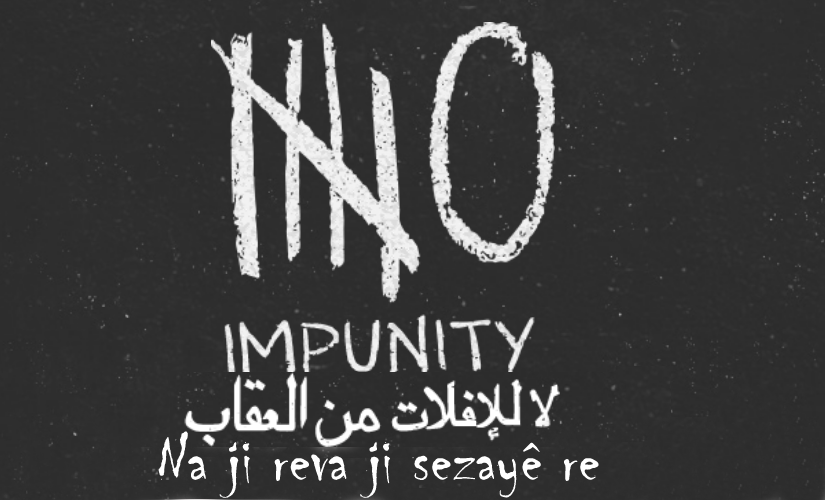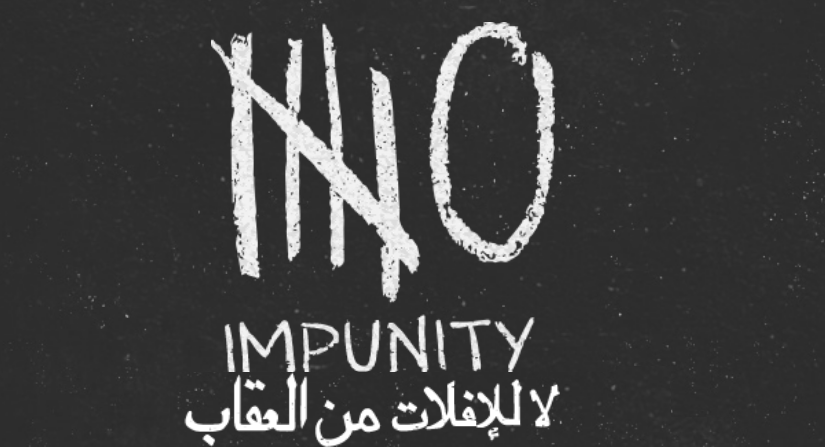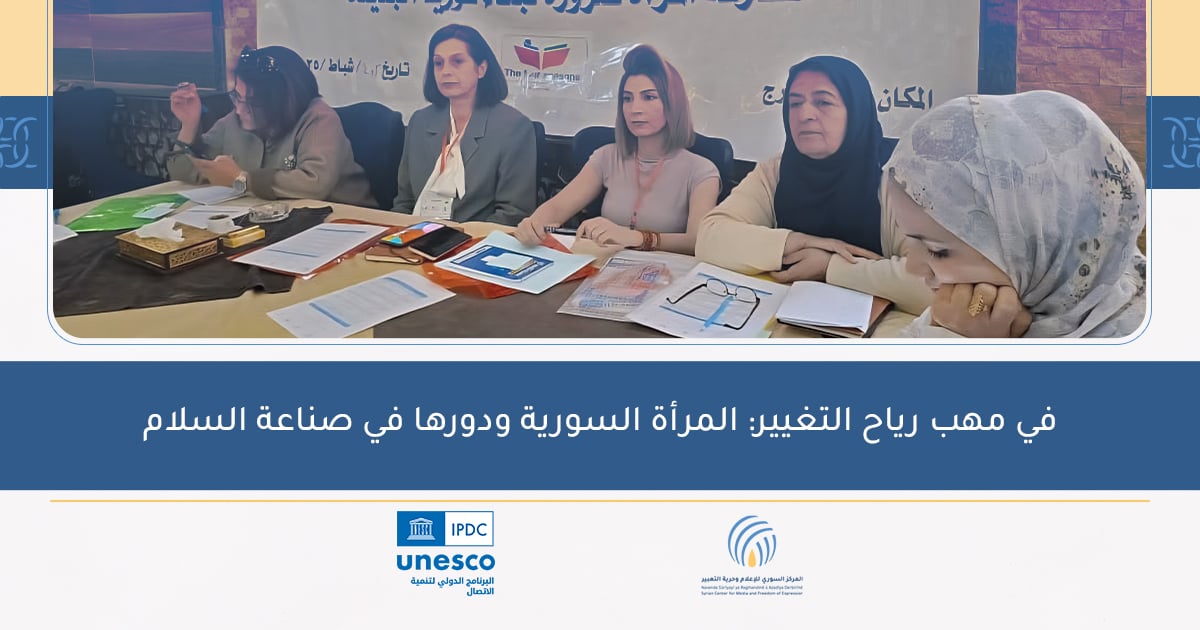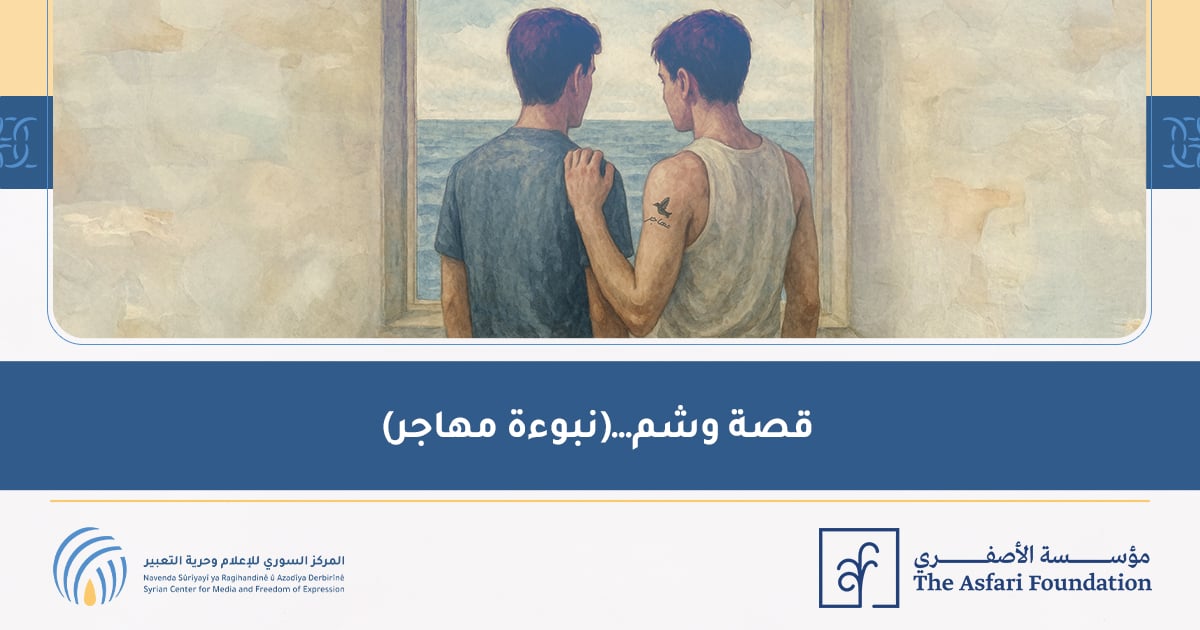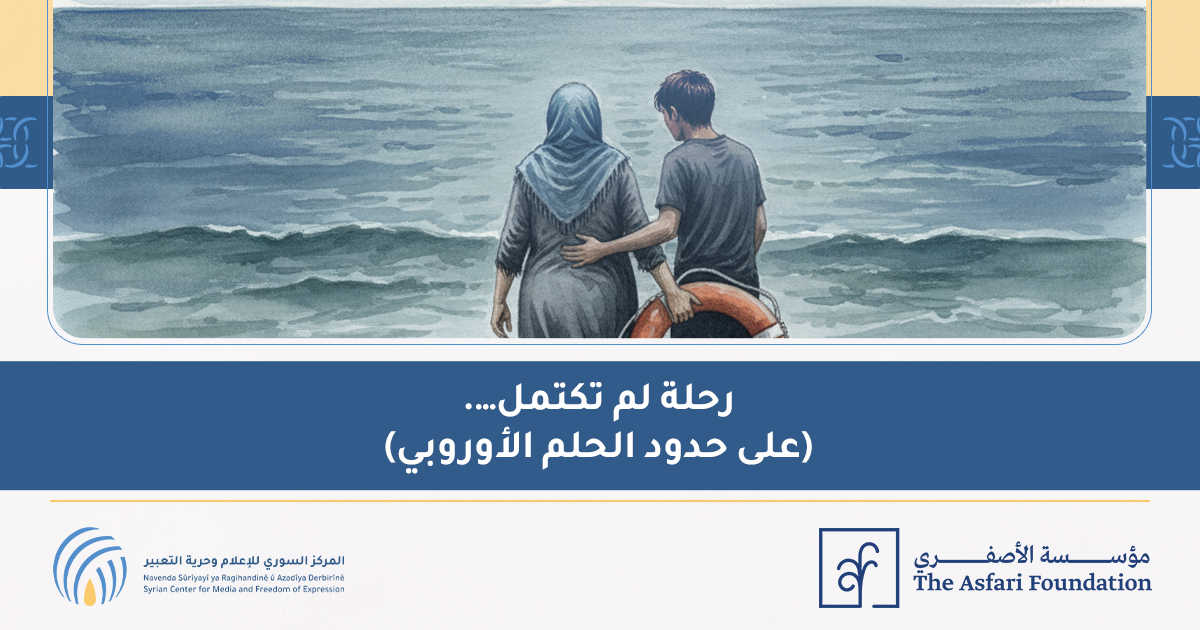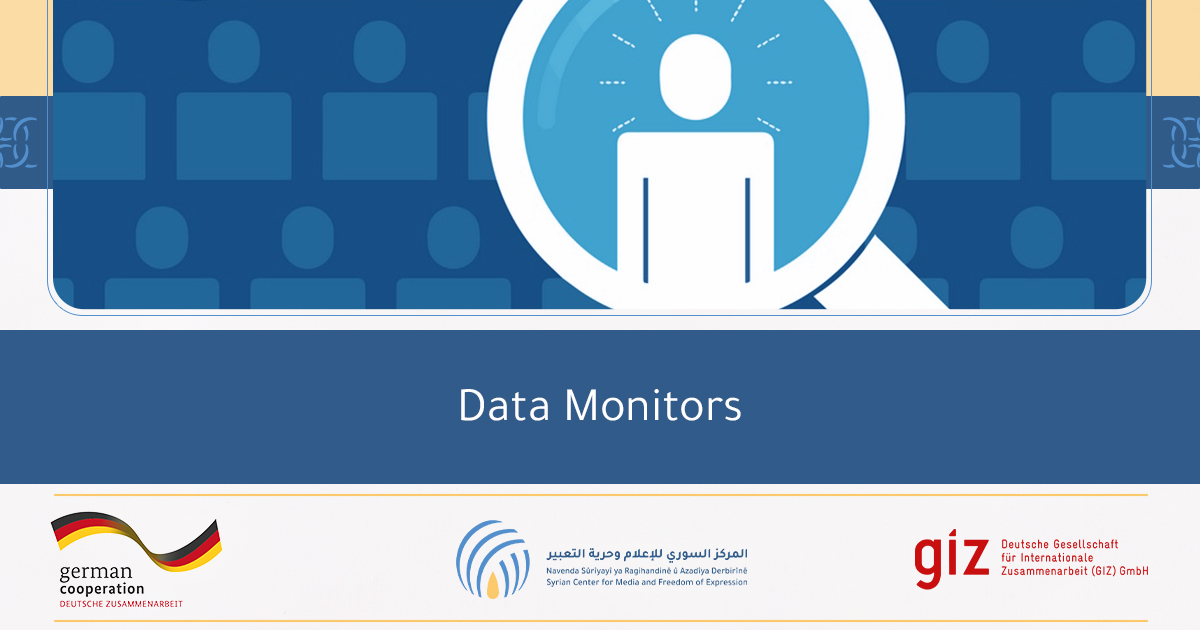Over the past 11 years, more than 900 journalists have been killed for bringing news and information to the public. Worryingly, only one in ten cases committed against media workers over the past decade has led to a conviction. This impunity emboldens the perpetrators of the crimes and at the same time has a chilling effect on society including journalists themselves. Impunity breeds impunity and feeds into a vicious cycle. UNESCO is concerned that impunity damages whole societies by covering up serious human rights abuses, corruption, and crime.
The United Nations General Assembly proclaimed 2 November as the ‘International Day to End Impunity for Crimes against Journalists’ in General Assembly Resolution A/RES/68/163. The Resolution urged Member States to implement definite measures countering the present culture of impunity. The date was chosen in commemoration of the assassination of two French journalists in Mali on 2 November 2013.
This landmark resolution condemns all attacks and violence against journalists and media workers. It also urges Member States to do their utmost to prevent violence against journalists and media workers, to ensure accountability, bring to justice perpetrators of crimes against journalists and media workers, and ensure that victims have access to appropriate remedies. It further calls upon States to promote a safe and enabling environment for journalists to perform their work independently and without undue interference.
What is the UN Plan of Action on the Safety of Journalists and the Issue of Impunity?
The UN Plan of Action on journalists’ safety provides an opportunity to join a multi-stakeholder effort to fight impunity for crimes against journalist. IFEX’s 5-minute guide explains what it is, how civil society organisations can use it, and ways it can be made stronger.

 REUTERS/Jorge Dan Lopez
REUTERS/Jorge Dan Lopez
When a problem is global, it calls for a global response. The scale and number of attacks on journalists and media workers around the world, combined with failures to investigate and prosecute crimes against them, have each contributed to the unacceptably high level of personal risk that journalists and others continue to face simply for exercising their right to free expression. In response, the United Nations (UN), led by UNESCO, has developed an approach called the UN Plan of Action on the Safety of Journalists and the Issue of Impunity.
“Promoting the safety of journalists and fighting impunity must not be constrained to after-the fact action. Instead, it requires prevention mechanisms”
UN PLAN OF ACTION
The UN Plan of Action on the Safety of Journalists and the Issue of Impunity is the first ever UN strategy to address the problem of journalists’ safety and the problem of impunity. It was developed by UNESCO in consultation with other UN bodies, inter-governmental organisations, NGOs, professional associations and UNESCO’s member states. It was endorsed by the executive heads of the UN specialised bodies, the UN Chief Executives Board, in April 2012. Since then, various UN resolutions have requested to reinforce its implementation. This UN Plan of Action is a global roadmap intended to be adapted to the national needs in cooperation with various relevant actors. The UN Plan is available in the 6 official languages, in addition to German and Portuguese, at the following link: http://www.unesco.org/new/en/communication-and-information/freedom-of-expression/safety-of-journalists/un-plan-of-action/
2. What is it supposed to achieve?
The plan is designed to uphold the fundamental right of freedom of expression, which ensures that citizens are well informed and able to actively participate in society. It aims to do this by creating a free and safe environment for journalists and media workers, including social media producers, in two ways:
1. By building partnerships among various stakeholders to introduce and harmonize safety mechanisms designed to reduce the danger
2. By strengthening the legal mechanisms available nationally, regionally and globally, that support the right to freedom of expression and information, and supporting governments with their implementation
As stated in the UN Plan, its implementation is based on a human rights-based and gender-sensitive approach.
3. Who is involved in implementing the plan?
The problem exists at many levels, and so too must the solution. The plan is designed to include all stakeholders. It incorporates roles for governments, non-governmental organisations, academics, the media, and others working at global, regional, national and local levels, and its success depends on the full participation of all. At the global level, there has been great advancement, for example with the passing of various landmark UN resolutions; the challenge is to create change at the national and local level.
4. What are some of the ongoing actions?
The UN Plan includes a set of actions that are further developed in its implementation strategy. It includes, among others, the following actions:
- Strengthening the role and normative work of the UN in ending violence against journalists
- Enabling coordination among UN bodies and with other intergovernmental organisations, national governments, civil society groups, media companies, professional associations and academia
- Helping governments to implement existing international standards at the national level and to develop mechanisms to prevent and protect journalists
- Building capacities for journalists, judiciary bodies, law enforcement and military personnel on international standards on freedom of expression by supporting educational and training programmes and resources
- Sensitizing member states, journalists, media owners, policy makers, news organisations, editors and journalists on the growing dangers and emerging threats to media professionals and non-state actors
- Building partnerships with academic institutions for expanding research on emerging issues regarding the safety of journalists
- Using the Journalists’ Safety Indicators developed by the UNESCO’s International Programme for the Development of Communication (IPDC) to assess the context in a given country or region
- Developing tools to measure the safety of journalists in response to Sustainable Development Goal (SDG)’s 16.10.1: “Number of verified cases of killing, kidnapping, enforced disappearance, arbitrary detention and torture of journalists, associated media personnel, trade unionists and human rights advocates in the previous 12 months”
- Addressing the specificities of violence against women journalists
5. How can civil society organisations engage with the UN Plan to fight impunity?
- Monitor its implementation and put pressure on governments to improve its achievements. UN member states have agreed to support the implementation of the UN Plan in various UN resolutions
- Use specific UN Plan recommendations to reinforce advocacy actions for the safety of journalists in a given country. Remind your government of their commitments made in the UN Plan
- Actively engage in the UN Plan’s implementation in your country in cooperation with other actors, for example creating multi-stakeholder coalitions. Contact the UNESCO regional or local office for support. Contact UNESCO headquarters
- Follow UNESCO debates on the UN Plan and contribute to them. The UN Plan is often an item in the agenda of the biannual UNESCO Executive Board meetings, biennial UNESCO General Conferences and the biennial Intergovernmental Council of the International Programme for the Development of Communication (IPDC). There are regular implementation review meetings too.
6. How could the UN Plan be strengthened?
During the last implementation review in June 2017, civil society organisations agreed on a number of recommendations to strengthen the UN Plan, such as:
- Establish focal points in various UN bodies, as agreed in the UN Plan, and ensure its efficient coordination, as requested by the UN General Assembly 68/163 on the safety of journalists (2013)
- Define a strategic approach to the implementation of the UN Plan, including the design of regional and national implementation strategies
- Ensure sufficient, competent and effective human and financial resources and coordination at the country level
- Create an independent monitoring expert group to ensure on-going peer review of challenges and achievements
- Communicate the UN Plan more widely to ensure better understanding of the key strategic elements and ways for civil society organisations to engage
- Provide updated information on the UNESCO website on the developments of the UN Plan
- Expand the gender-sensitive approach to any gender-based attack
The outcome document of the 2017 UN Plan review, including recommendations from various stakeholders can be consulted here.
Want to know how IFEX members have engaged with the UN Plan as tool for action? Visit our UN Plan Campaign Snapshot for a first-hand account.
Background
The focus on impunity of the resolution A/RES/68/163 stems from the worrying situation that over the past decade, more than 800 journalists have been killed for bringing news and information to the public. 115 journalists were killed in 2015 alone, making it the second deadliest year over the last decade, after 2012 when UNESCO tallied 124 killings.
These figures do not include the many more journalists, who on a daily basis suffer from non-fatal attacks, including torture, enforced disappearances, arbitrary detention, intimidation and harassment in both conflict and non-conflict situations. Furthermore, there are specific risks faced by women journalists, including sexual attacks.
Worryingly, only one in ten cases committed against media workers over the past decade has led to a conviction. This impunity emboldens the perpetrators of the crimes and at the same time has a chilling effect on society including journalists themselves. Impunity breeds impunity and feeds into a vicious cycle.
According to the UNESCO Director-General’s 2016 Report on the Safety of Journalists and the Danger of Impunity, only 8 percent of the cases of killings of journalists, condemned by UNESCO over the past decade, have been resolved.
When attacks on journalists remain unpunished, a very negative message is sent that reporting the “embarrassing truth” or “unwanted opinions” will get ordinary people in trouble. Furthermore, society loses confidence in its own judiciary system which is meant to protect everyone from attacks on their rights. Perpetrators of crimes against journalists are thus emboldened when they realize they can attack their targets without ever facing justice.
resources and information:
Updated information is distributed by a quarterly Newsletter on the Safety of Journalists, prepared by UNESCO. Subscribe in the following email: [email protected]
UN Plan of Action – UNESCO website
UNESCO Journalists Safety Indicators: National Level
UNESCO Journalists Safety Indicators: International level
IPDC’s Role in the Promotion of the Safety of Journalists: A Way Forward
More Resources
- FEATURE: Impunity for crimes against journalists must end to protect open democratic societies – experts tell UN
- World Press Freedom Day (3 May)
- UNESCO: International Day to End Impunity for Crimes against Journalists
- UNESCO: Safety of Journalists and Impunity
- The Committee to Protect Journalists
- Special Rapporteur on the promotion and protection of the right to freedom of opinion and expression
- Reham al-Farra Memorial Journalism (RAF) Fellowship
More Documents
- UNESCO Director-General’s 2016 Report on the Safety of Journalists and the Danger of Impunity
- UN General Assembly Resolution A/RES/68/163
- UN Security Council Resolution S/RES/2222 (2015)
- UN Plan of Action on the Safety of Journalists and the Issue of Impunity
- Paris Declaration of the 2014 World Press Freedom Day conference
- Universal Declaration of Human Rights
Sources:
